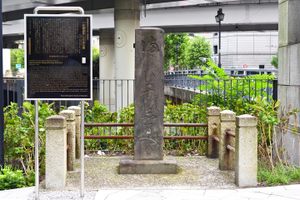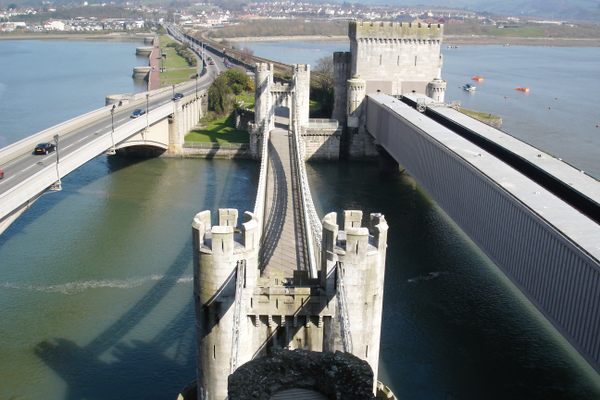About
Originally built in 1603, Nihonbashi was a wooden bridge that became the busiest point in the city of Edo, modern-day Tokyo. In the 300 years after its original construction, the bridge burned down and was rebuilt 10 times before the current stone bridge was completed in 1911. Adorning this bridge are bronze statues of wayō-setchū (Japanese-Western fusion) design, namely the lion bearing the Crest of the Tokyo Metropolis, and the winged Kirin.
Although in modern Japanese, kirin means “giraffe,” the mythical Kirin is an entirely different species. Similar to the chimeric creature qilin of Chinese mythology, kirin possess the body of a deer, the face of a dragon, the tail of a bull, and the hooves of a horse with scales and one or more horns.
Traditionally, the Kirin is not depicted with wings on its back, but the bronze statues of Nihonbashi are winged and more dragon-like in appearance. This is based on the sculptor Osao Watanabe’s wishes, that the then-growing city of Tokyo would soar into the sky from Nihonbashi Bridge at the center of the city.
Tokyo's Nihonbashi district is named for the bridge, which also serves as the kilometer zero marker for Japan's national highway network. The district is sometimes called the "center of Japan," and its busy streets are lined with shops and restaurants. In 2011, a boat landing was built to mark the 100th anniversary of the stone bridge.
Related Tags
Hidden Japan: Sado Island, Nara & Kyoto
Explore a different side of Japan.
Book NowCommunity Contributors
Added By
Published
February 19, 2020



































